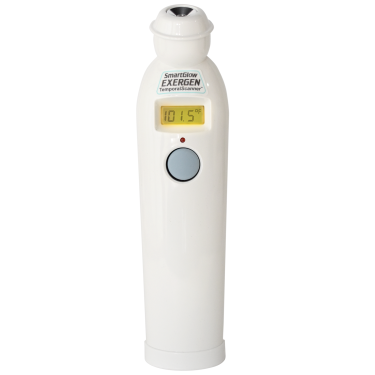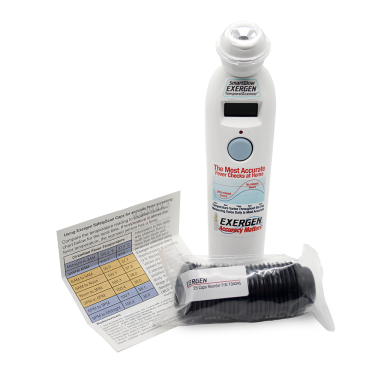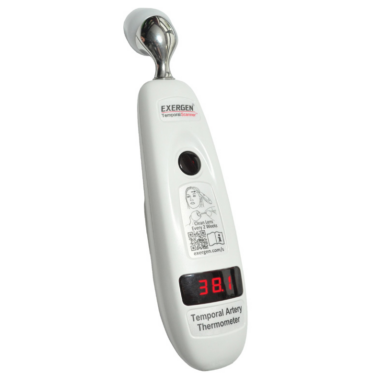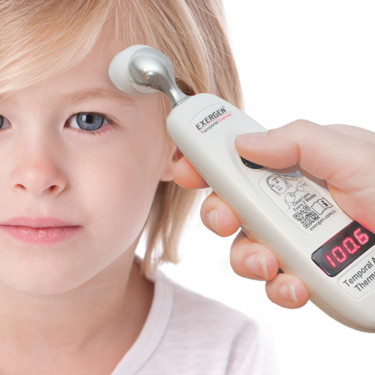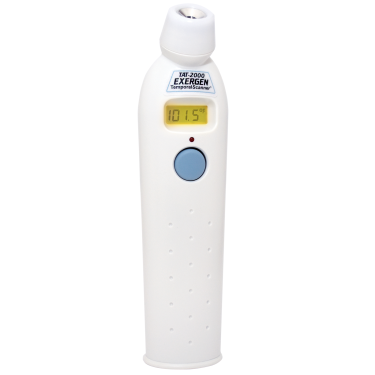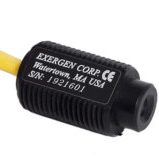Many cancer treatments, like chemotherapy and radiation, can damage the bone marrow the body’s blood cell factory. This damage can lead to low levels of white blood cells, especially neutrophils, which are essential for fighting infection. Some cancers, particularly those that affect the blood or bone marrow, can also interfere with the body’s ability to produce healthy blood cells. When a child has too few of these defenders, even a minor infection can become serious quickly. For children being treated for cancer, a fever isn’t just a minor symptom, it can be an early and only sign of a life-threatening infection.
That’s why doctors and hospitals follow a powerful rule: get antibiotics started within the first 60 minutes—also known as the Golden Hour. This hour can make all the difference. It’s the critical window that gives children the best chance at avoiding complications like sepsis, ICU admission, or even death.
What Is the Golden Hour?
The Golden Hour is the first 60 minutes after a child with cancer and a fever arrives at the hospital or emergency department. During this time, medical teams must move quickly to:
- Recognize the fever as a red flag.
- Start broad-spectrum intravenous antibiotics immediately.
- Begin testing to find the source of the infection.
Children undergoing chemotherapy often have neutropenia, a dangerously low number of white blood cells. Without those cells to fight off infection, bacteria can spread rapidly. A simple fever could be the only sign that this is happening and every minute counts.
Many hospitals have made changes to meet the Golden Hour. These steps include:
- Training staff and parents to recognize the urgency of fever in immunocompromised children.
- Keeping antibiotics and supplies ready to go in “Golden Boxes” near emergency rooms.
- Using standardized protocols that remove delays and streamline care.
- Monitoring time-to-antibiotic (TTA) as a quality and safety benchmark.
Tips for Parents
If your child is undergoing cancer treatment:
- Take fever seriously: Even if your child looks okay, it could be the first—and only—warning sign of infection.
- Know the number: A fever is defined as a temperature of 100.4°F (38°C) or higher.
- Time Matters: Head to the emergency department right away and let them know your child is undergoing cancer treatment.
It’s also a good idea to monitor your child’s temperature regularly ideally twice a day using a reliable thermometer like the Exergen Temporal Artery Thermometer. Accurate readings can help you act quickly when it matters most.
Our next post will focus on seniors and why fever can be harder to detect but more dangerous. Stay tuned as we continue exploring fever across different age groups and conditions.
Sources,
- ASCO, https://ascopubs.org/doi/10.1200/GO.20.00578
- Journal of the Pediatric Infectious Disease Society, https://academic.oup.com/jpids/article/12/Supplement_1/S13/7429320?login=false
- Mayo Clinic, https://www.mayoclinic.org/diseases-conditions/cancer/in-depth/cancer-treatment/art-20046192
- National Library of Medicine, https://pmc.ncbi.nlm.nih.gov/articles/PMC6438274/
EXERGEN P/N, 850445
